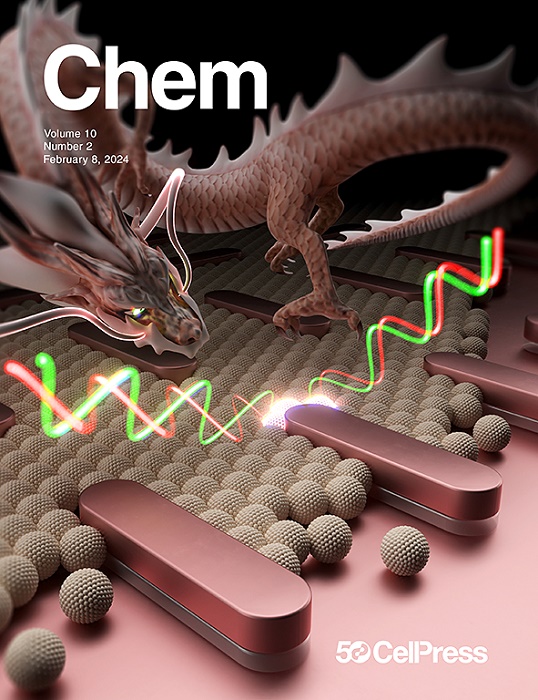CO羰基化的新趋势
IF 19.6
1区 化学
Q1 CHEMISTRY, MULTIDISCIPLINARY
引用次数: 0
摘要
一氧化碳(CO)是一种简单而多功能的C1构建模块,在现代合成化学中发挥着关键作用,具有独特的反应性和可持续性潜力。羰基化化学的最新进展扩大了这一领域。过渡金属催化羰基化在催化剂设计方面取得了进展,包括地球上丰富的金属和创新的配体,提高了选择性,效率和可持续性。离子羰基化受益于受挫的路易斯对,使条件更温和,底物范围更广,而自由基羰基化利用光化学和单电子途径,开启了新的转化。这些进步突出了CO的潜力,通过将工业CO排放转化为增值产品,解决催化和碳中和方面的关键挑战。展望未来,机遇包括扩大基材兼容性,取代贵金属,以及整合流动化学和人工智能驱动的催化剂设计等新兴技术。这些发展强调了CO化学对可持续合成的变革性影响及其在应对全球环境挑战方面的重要作用。本文章由计算机程序翻译,如有差异,请以英文原文为准。


Emerging trends in CO carbonylation
Carbon monoxide (CO), a simple yet versatile C1 building block, plays a pivotal role in modern synthetic chemistry, offering unique reactivity and sustainability potential. Recent advances in carbonylation chemistry have expanded the field. Transition-metal-catalyzed carbonylation has seen progress in catalyst design, including earth-abundant metals and innovative ligands, improving selectivity, efficiency, and sustainability. Ionic carbonylation has benefited from frustrated Lewis pairs, enabling milder conditions and broader substrate scopes, while radical carbonylation, leveraging photochemical and single-electron pathways, has unlocked novel transformations. These advancements highlight CO’s potential to address key challenges in catalysis and carbon neutrality by converting industrial CO emissions into value-added products. Moving forward, opportunities include expanding substrate compatibility, replacing noble metals, and integrating emerging technologies like flow chemistry and AI-driven catalyst design. These developments underscore the transformative impact of CO chemistry on sustainable synthesis and its vital role in addressing global environmental challenges.
求助全文
通过发布文献求助,成功后即可免费获取论文全文。
去求助
来源期刊

Chem
Environmental Science-Environmental Chemistry
CiteScore
32.40
自引率
1.30%
发文量
281
期刊介绍:
Chem, affiliated with Cell as its sister journal, serves as a platform for groundbreaking research and illustrates how fundamental inquiries in chemistry and its related fields can contribute to addressing future global challenges. It was established in 2016, and is currently edited by Robert Eagling.
 求助内容:
求助内容: 应助结果提醒方式:
应助结果提醒方式:


